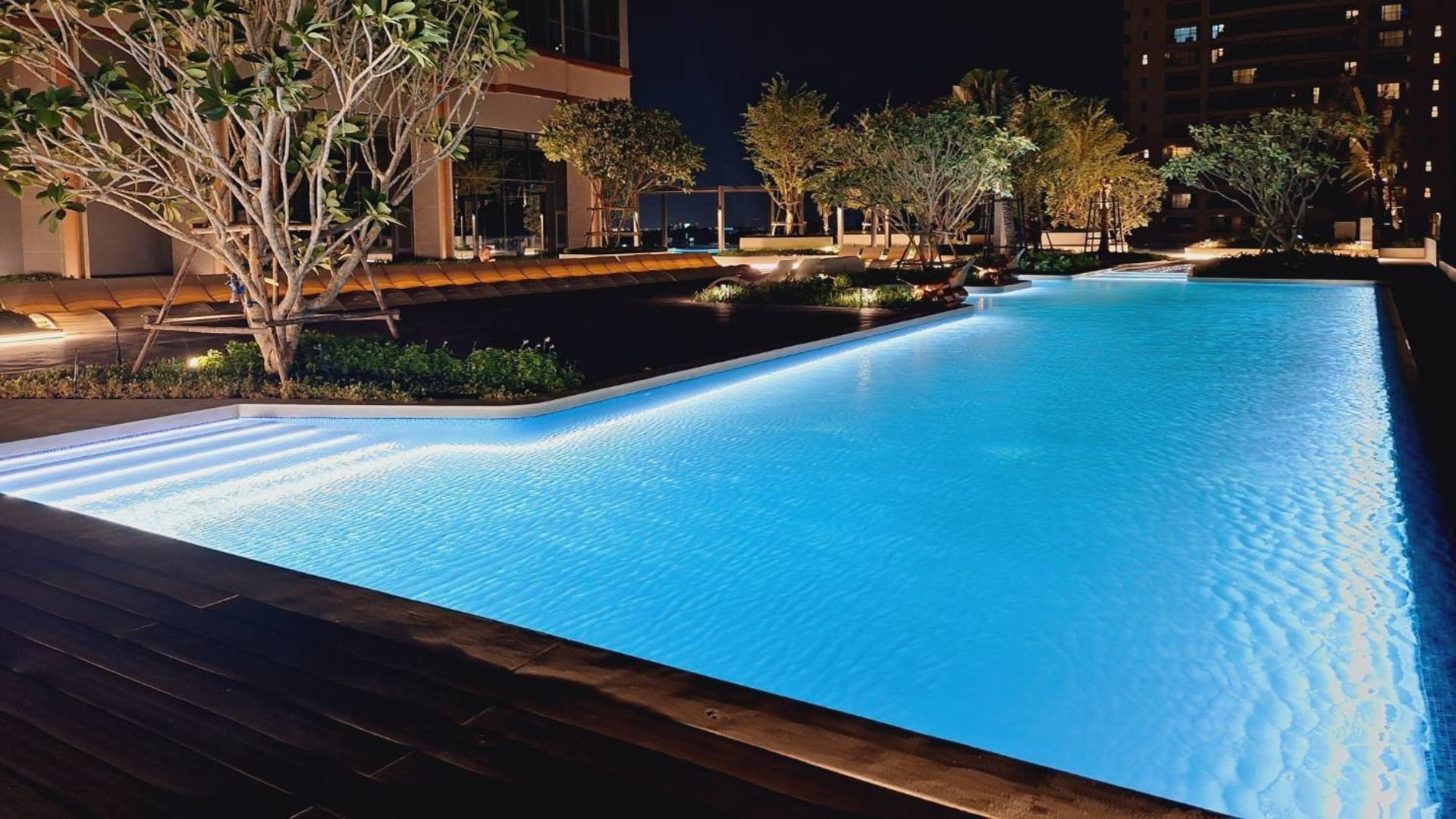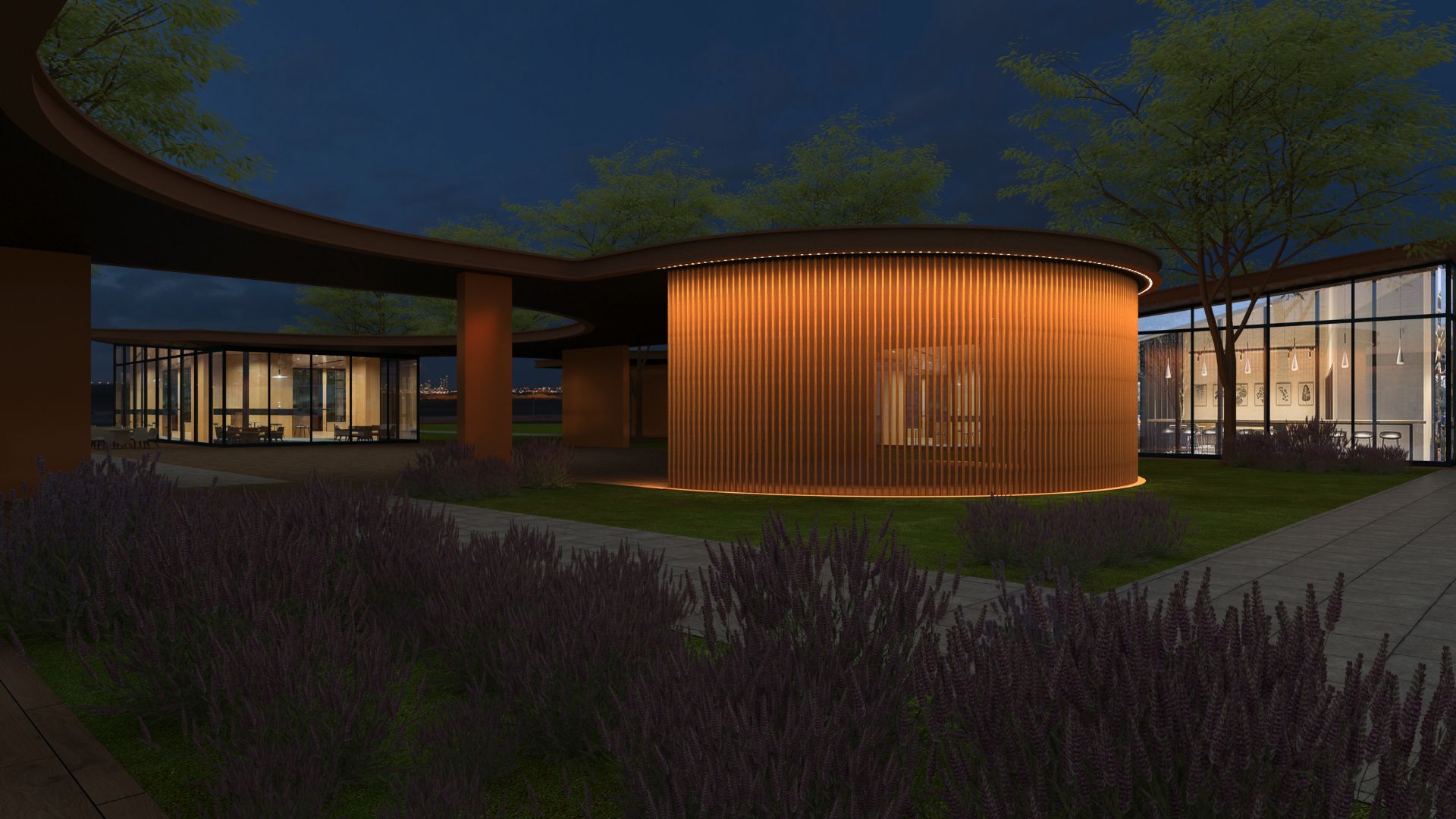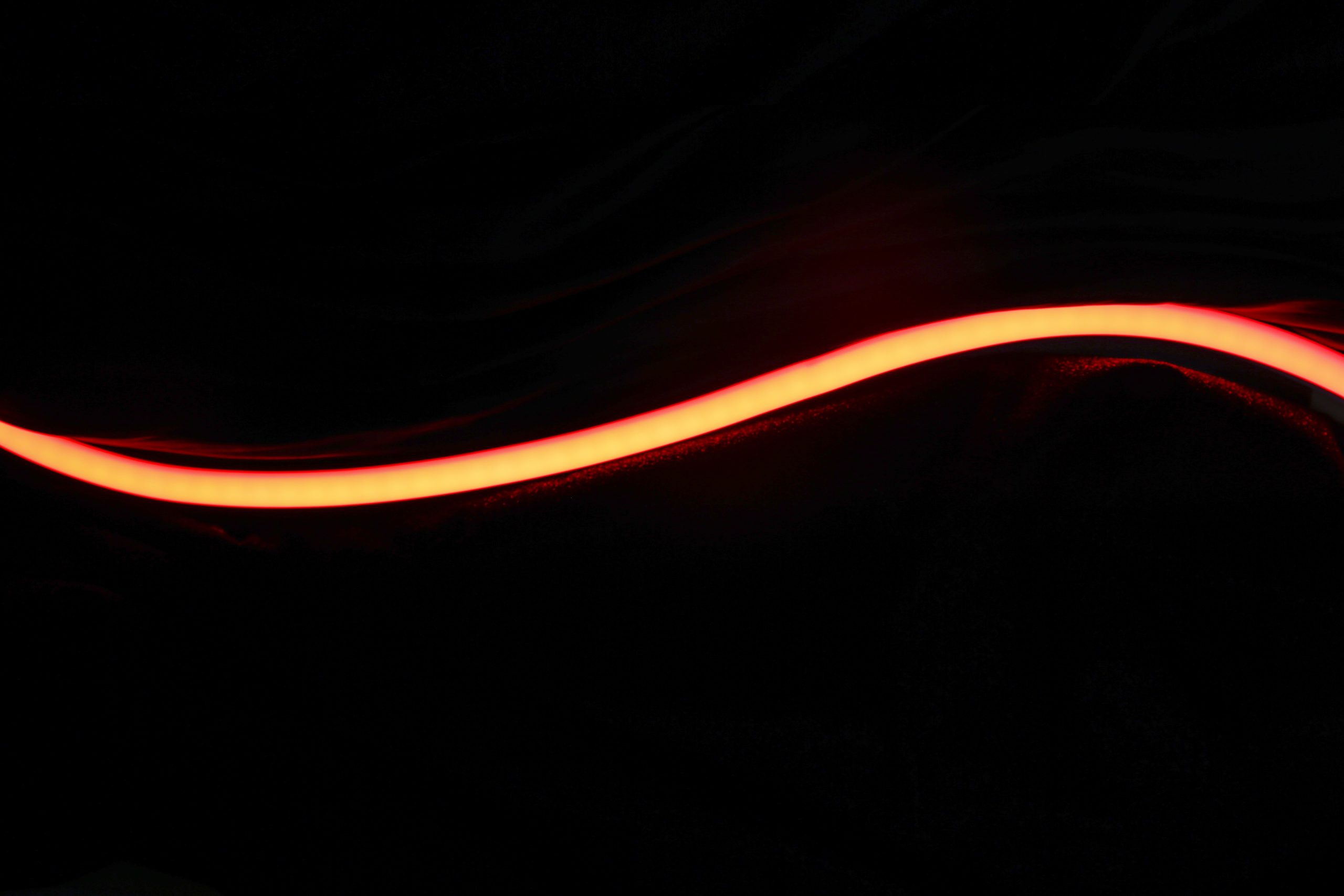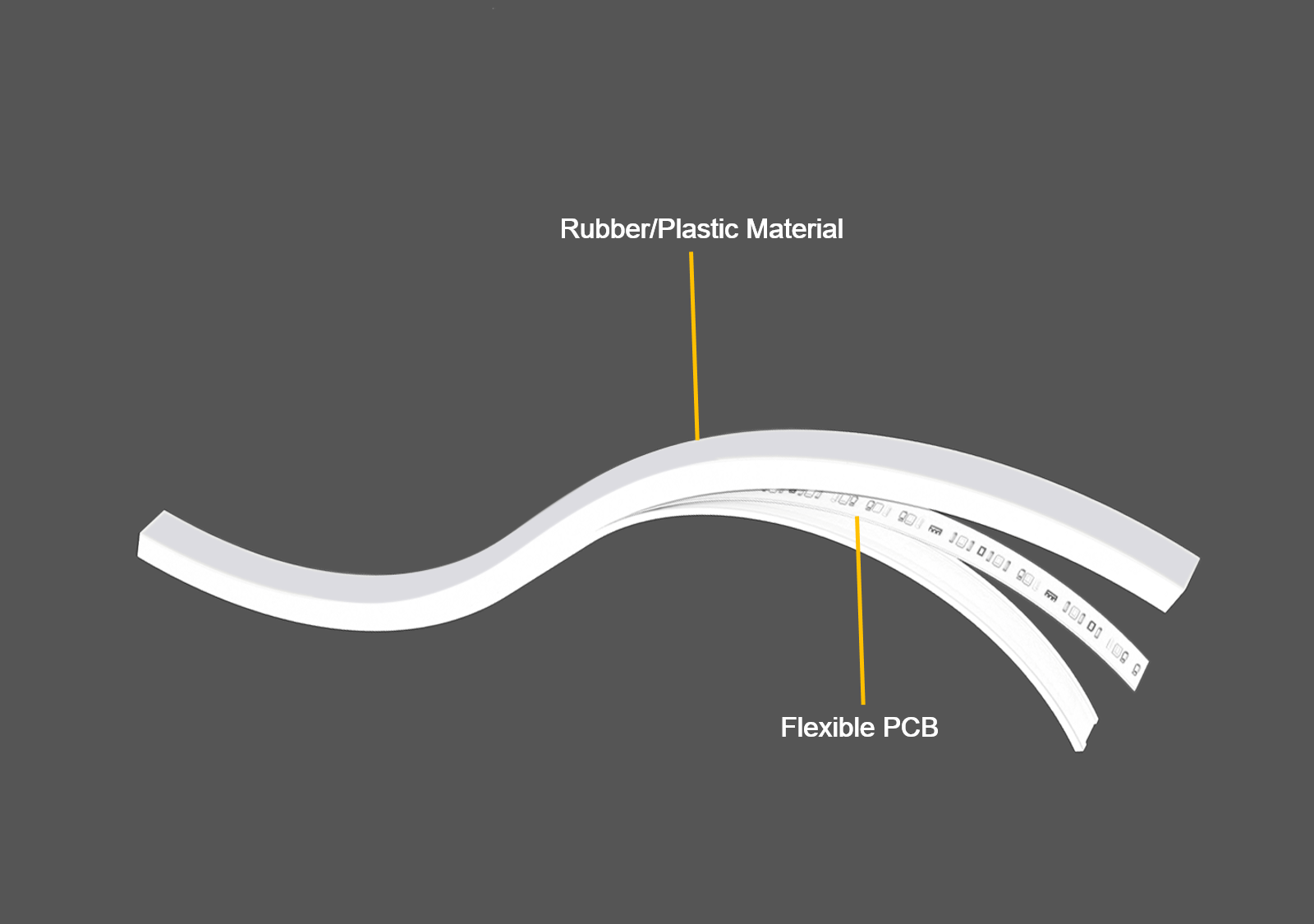Discover how to choose the right waterproof IP rating for outdoor LED neon flex lights, avoid common pitfalls, and ensure safe, long-lasting performance.
Wall washers are everywhere in modern lighting design, but getting them to perform well—especially on curved or textured surfaces—is trickier than it looks. From uneven brightness to reliability issues, traditional fixtures come with a surprising number of pitfalls. This deep dive explores what works, what doesn't, and why a more flexible approach might be the future of architectural lighting.
LED neon flex lights are built to last—or at least, they should be. But even high-spec installations can fail early. What’s going wrong behind the scenes? From thermal stress to subtle material choices, the causes aren’t always obvious. This piece unpacks the silent factors that make or break performance in the field.
What Does Thermal Expansion and Contraction Have to Do with PCB Fracture of Neon Flex Lights?
Flexible neon lights failing too soon? The real culprit might not be what you think. It’s not always poor installation or cheap materials—it could be something hiding in plain sight: heat and cold. Discover how temperature swings quietly wreak havoc on your lights, and what Clear has learned after 20 years of fixing the problem.
PU and silicone LED neon flex light strips are available in the market. How different are they when it comes to details and application?
Things that Affect the Brightness of LED Neon Flex
Lumens (lm) are the unit of measurement to quantify the amount of visible light the human eye can see.
How to Make LED Neon Flex Lights Run Longer
Continuous LED flexible lights make for aesthetically appealing lighting outcome, but it's not easy to increase the length when it comes to the technical side.
Explore more lighting ideas with inground flex light including landscape lighting, parking lot lighting, car showroom lighting and pavement lighting.







